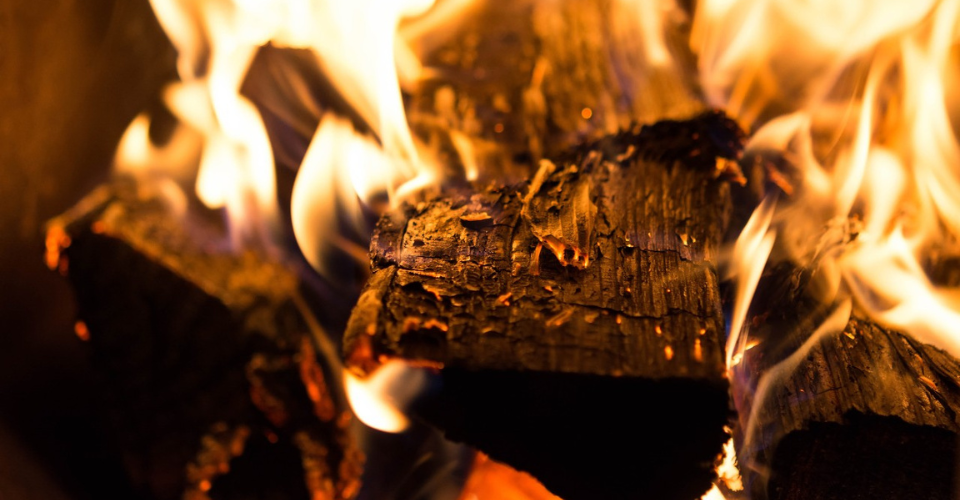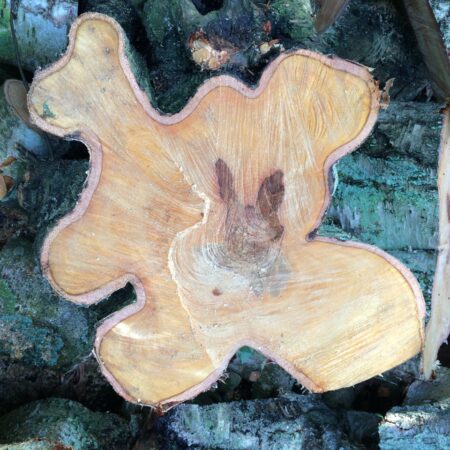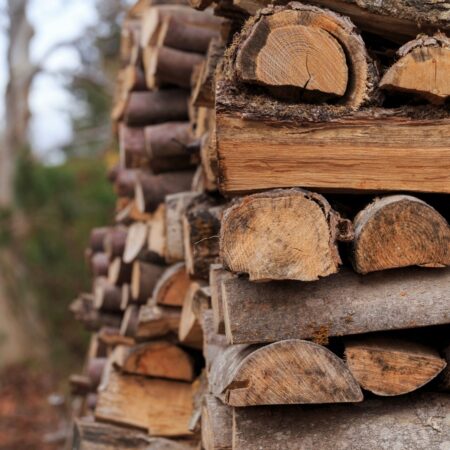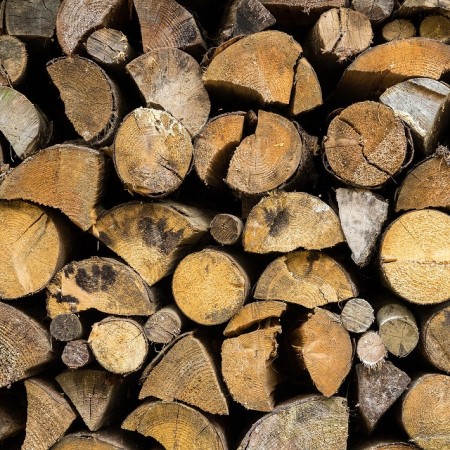Many people prefer to use wood briquettes in their wood-burning stove. One of the reasons may be the convenience of handling and storing the wood briquettes. Wood briquettes are made from pine, beech, oak and other types of wood. The wood for the briquettes usually comes from waste wood from the wood and furniture industry, for example. Sometimes they are also made from peat and coconuts.
How are the wood briquettes made?
Wood briquettes are made from wood chips which have been pressed together under high pressure by machines which then shape the compacted wood.
When the wood is under high pressure, lignin, which functions as a binder, is liberated. Sometimes glue is also used in the production of the wood briquettes.
The quality and the heating value can vary depending on how hard the pressure was on the wood briquettes and on what kind of wood was used in the production. These things determine how long a wood briquette will burn and also how much heat you’ll get out of the wood briquettes.
Three advantages of using wood briquettes
There are several advantages when it comes to using wood briquettes – compared to normal firewood.
1) Combustion
Regular firewood naturally contains moisture, bark, knots and resin which can make the burning irregular and difficult to control while wood briquettes (because of the hard compression) burn regularly, slowly and in a controlled way from the surface of the wood briquette.
2) Moisture content
The moisture content in wood briquettes is very low – usually around 6-8 %. The briquettes will release more energy per kilo than normal firewood (with a moisture content of 18 %) so you won’t have to worry whether or not the wood briquettes you’ve bought are dry enough to fire with.
3) The solid fuel mass of wood briquettes
It’s easy for you as a consumer to assess how much fuel you are really going to get when you buy wood briquettes because briquettes are sold by weight. Briquettes are easy to stack and that’s why the solid fuel mass is 1.0 (no air).
Normal firewood is often sold by the stere or by the cord where both firewood and air are included in the measurement. The solid fuel mass of a stere is 0.7 – which means that 70 % is wood and 30 % air.
Here you can read more about solid fuel mass
Choose wood briquettes of good quality
When you choose to fire with wood briquettes in your wood burning stove, you need to pay attention to the quality of the wood briquettes. Some crumble easily meaning that you’ll need to clean both your wood burning stove and your living room.
Other wood briquettes give off a chemical smell when burning. This might mean that the wood briquettes have been made from wood scraps from the furniture industry, meaning that there is a risk that the wood contains medium density fibre board or melamine. That’s why it’s important to find out where the wood in your wood briquettes comes from before you use the wood briquettes to fire with.




